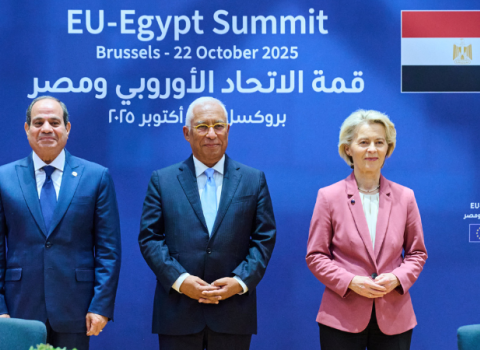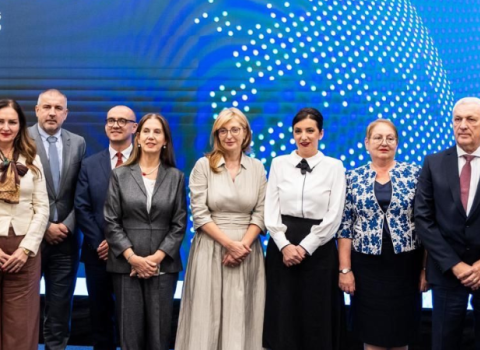
Martin Schuurmans, EIT Chairman, image courtesy www.ebsummit.eu
Related articles
“The span of the KICs will be too big. One location only doesn’t make sense,” he said.
He also warned potential applicants not to include too many sites for their proposed KIC. “I imagine the KICs will comprise four or five centres, not 20, with one location at a time acting as the hub,” he said.
In April the EIT will launch a call for proposals for either two or three KICs focusing on three vital areas of research: sustainable energy, climate change and IT. Applicants will have until August to submit their entries and the EIT will announce the winners in December this year.
The aim is to have three KICs but the assessment of applications will be very strict; if none of the applications in one category are up to scratch then the EIT will only run two KICs, Schuurmans said.
Each KIC will “speak with one mouth”, and that person in charge will probably carry the title chief executive, Schuurmans said, adding that there will be competition among the partners within each KIC.
Their make-up will be fluid, he said, with weak performers being replaced by new partners during the 7 to 15 year lifespan of the KICs.
The idea for the EIT is to create an Ivy League of research and education centres around Europe, employing the finest minds to tackle the most pressing problems faced by society today. The plan is for business and academia to work together not only in the lab, but also in converting scientific breakthroughs into commercial reality.
Some from the world of academia are nervous about getting involved in the KICs because they fear it may complicate their efforts to build ties between their institution and industry.
Karin Markides, the rector of Sweden’s Chalmers University of Technology, is one. “By joining a KIC, Chalmers could put these close ties with companies, and the trust they are built on, at risk,” Markides told Science|Business last month.
Schuurmans tried to reassure her. “I understand her comments, but you don’t have to sacrifice those links with business,” he said, adding that the EIT “will give all the freedom to the KICs regarding relations with industry. We’re not going to tell them what to do”.
Many people from the worlds of business and academia are suspicious of the EIT because it is essentially a political project first mooted by European Commission president José Manuel Barroso.
One participant in the debate on Monday, hosted by the Commission together with Brussels think-tank the European Policy Centre, asked Schuurmans to keep the politics and the bureaucracy to a minimum.
“I'm also fed up with forms from Brussels and from the member states,” he replied, and in a direct criticism of the mixed support the EIT gets from the politicians, he added: “And I’m also fed up with second guessing what some policy makers feel about the EIT. Either support it or don’t.”





 A unique international forum for public research organisations and companies to connect their external engagement with strategic interests around their R&D system.
A unique international forum for public research organisations and companies to connect their external engagement with strategic interests around their R&D system.